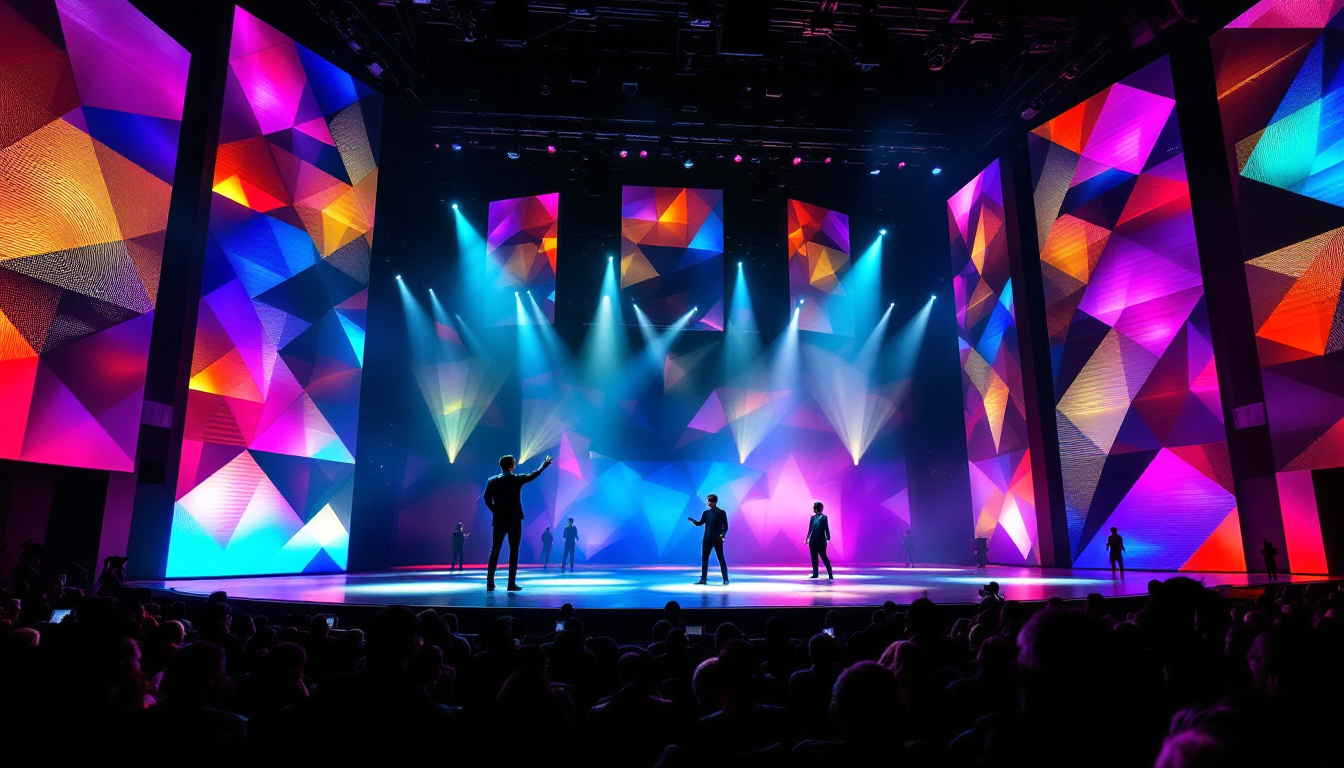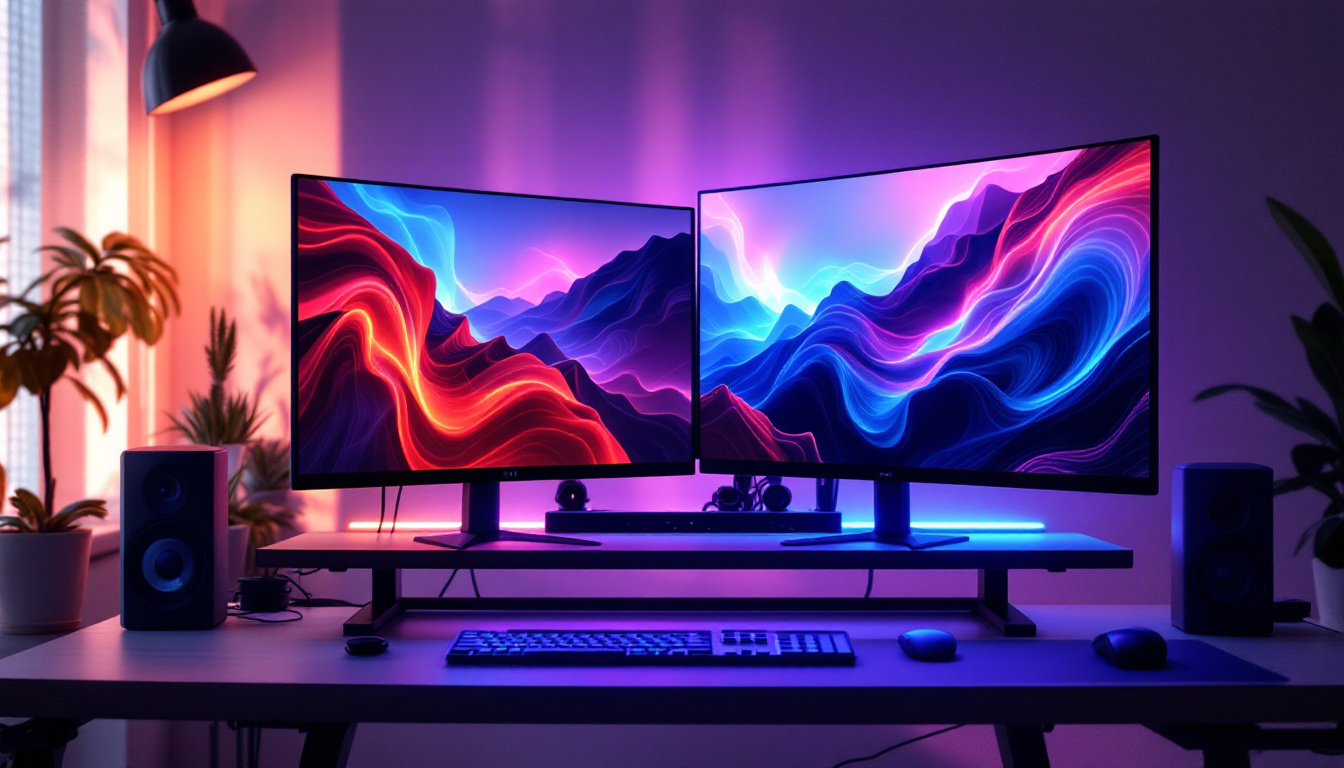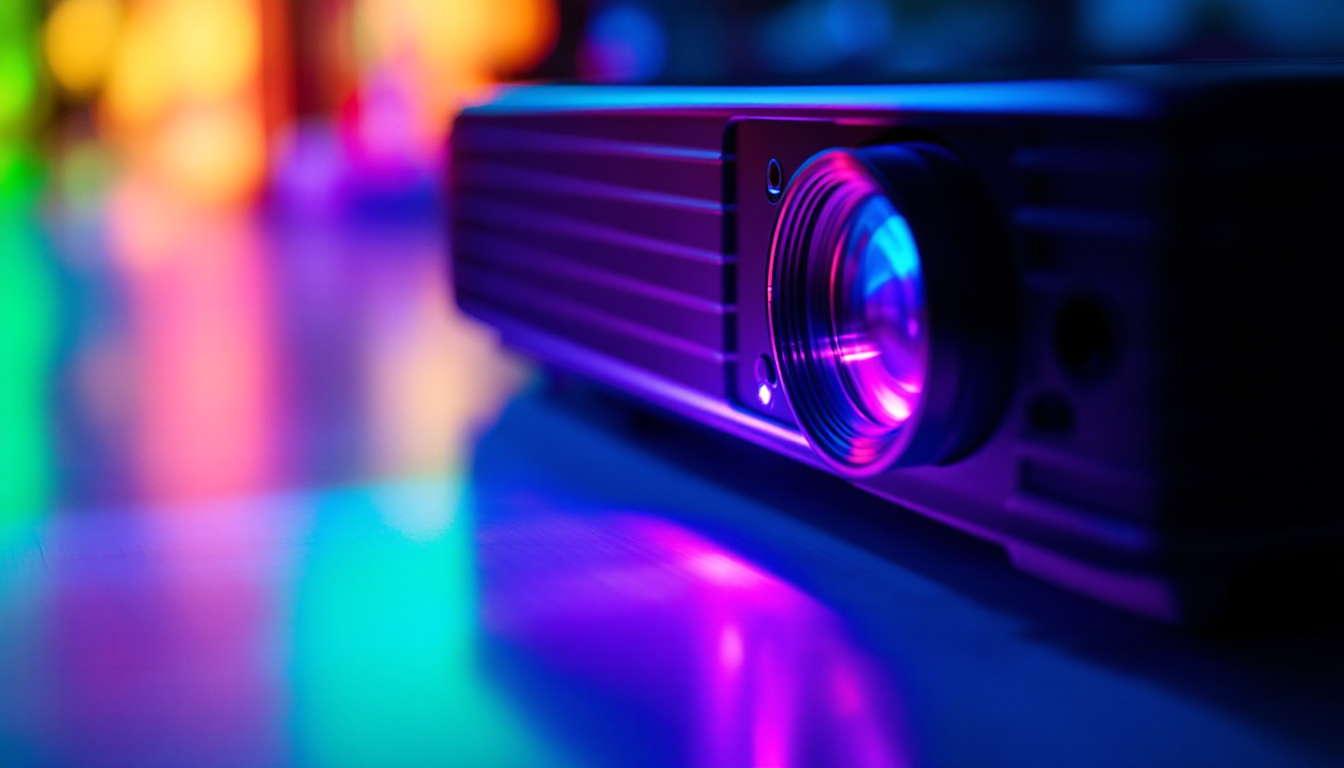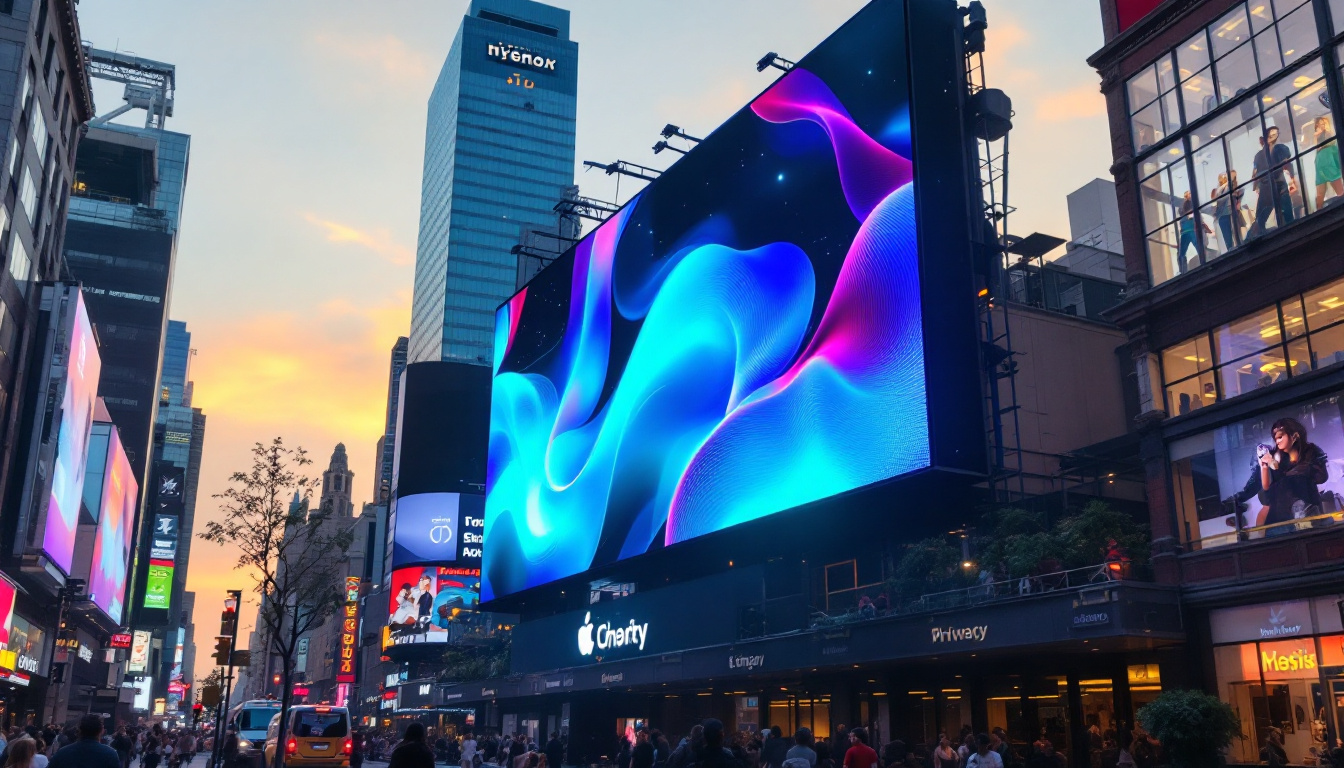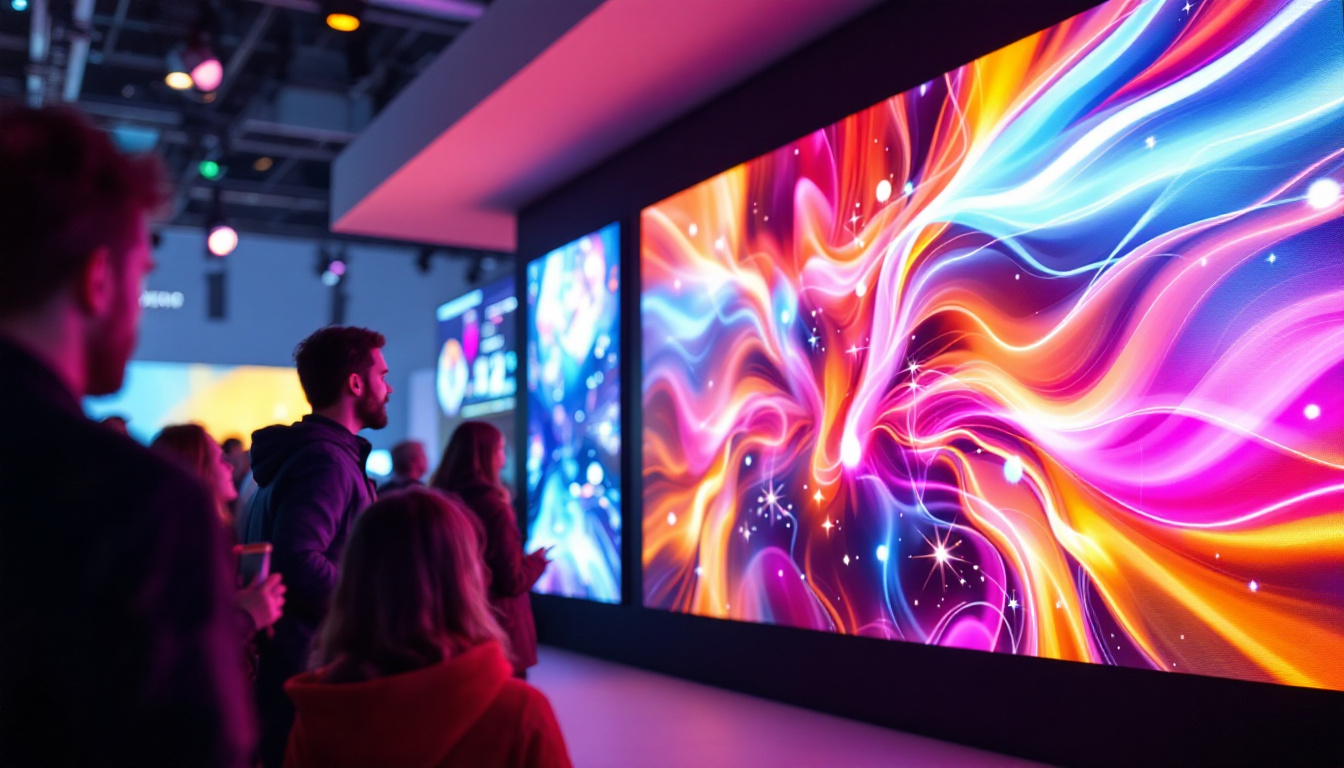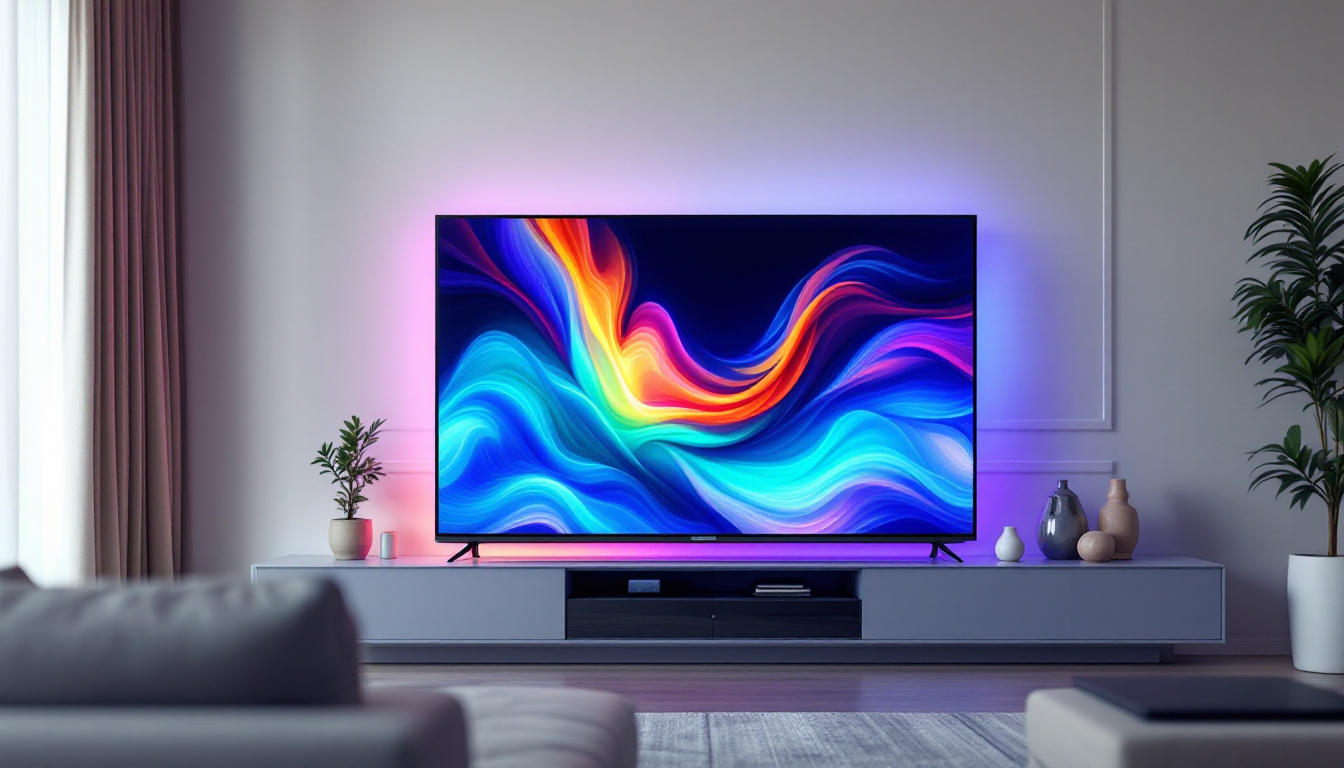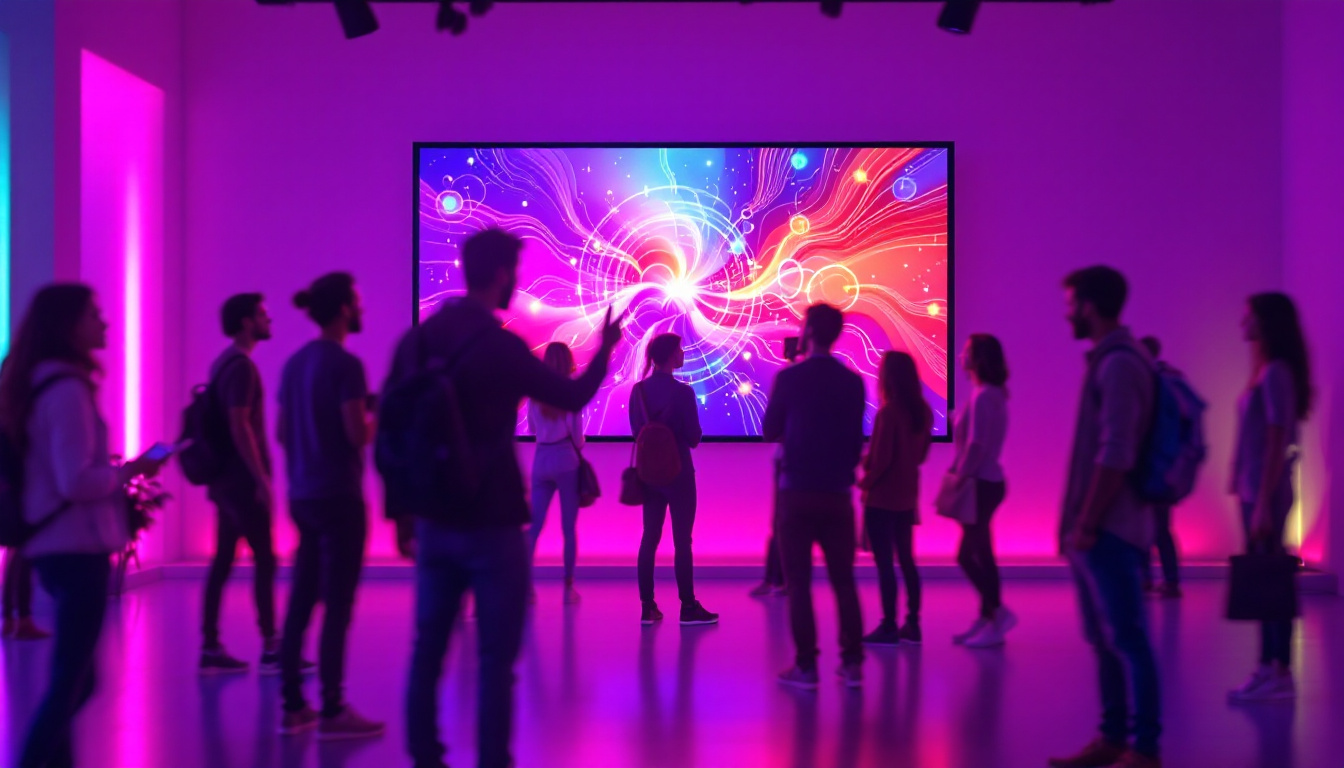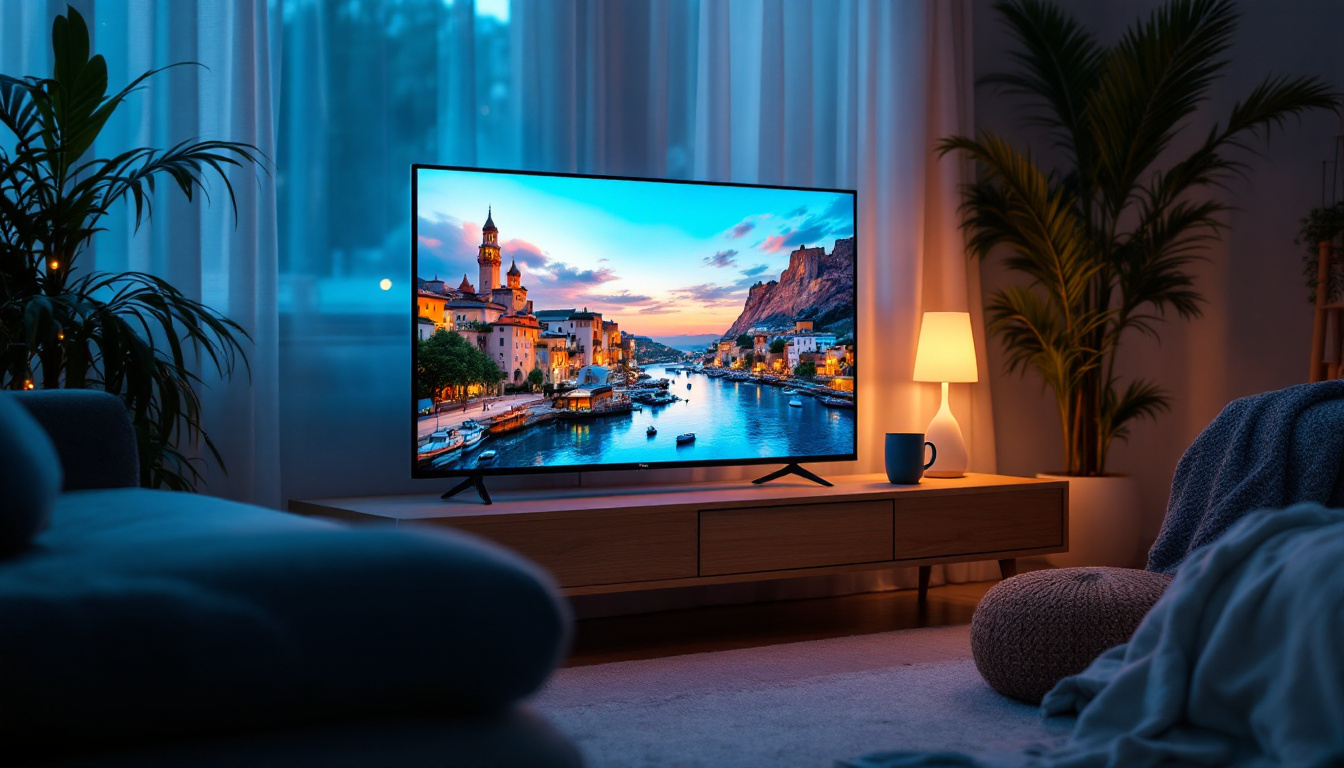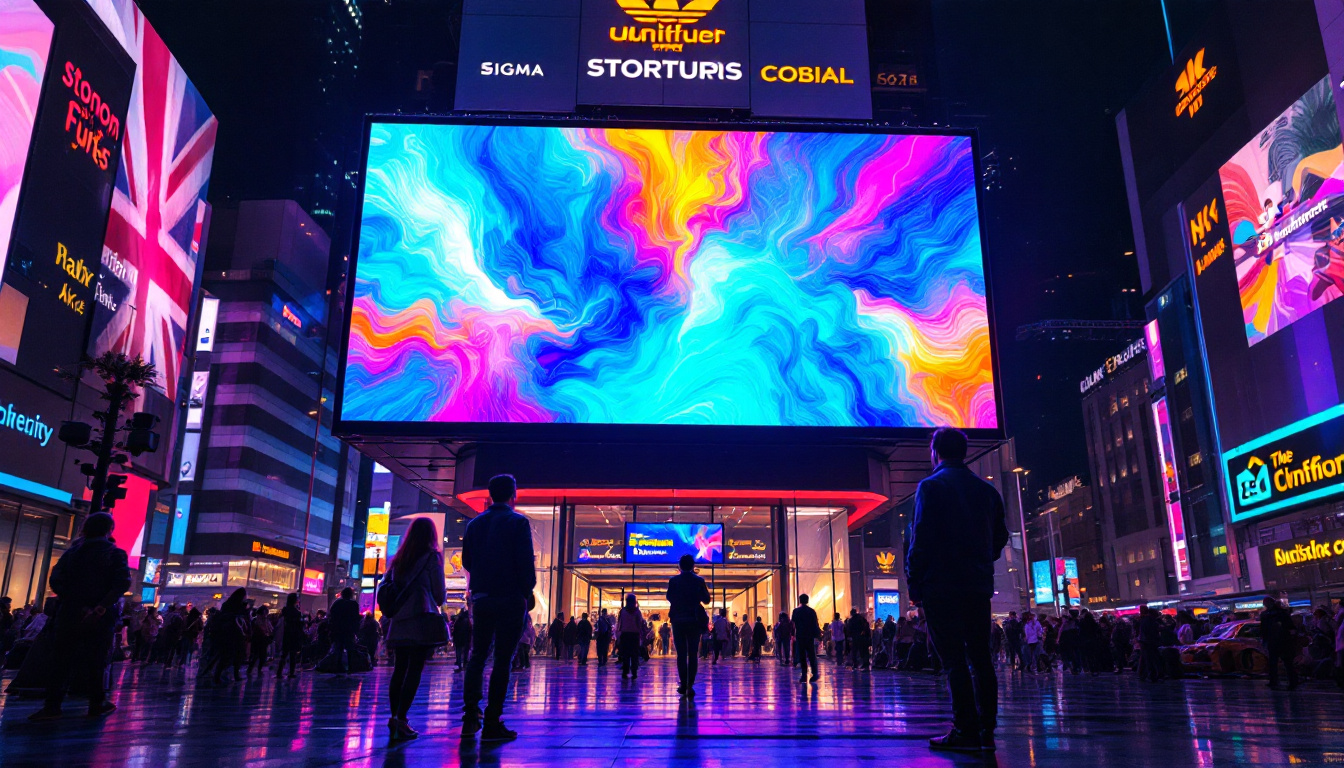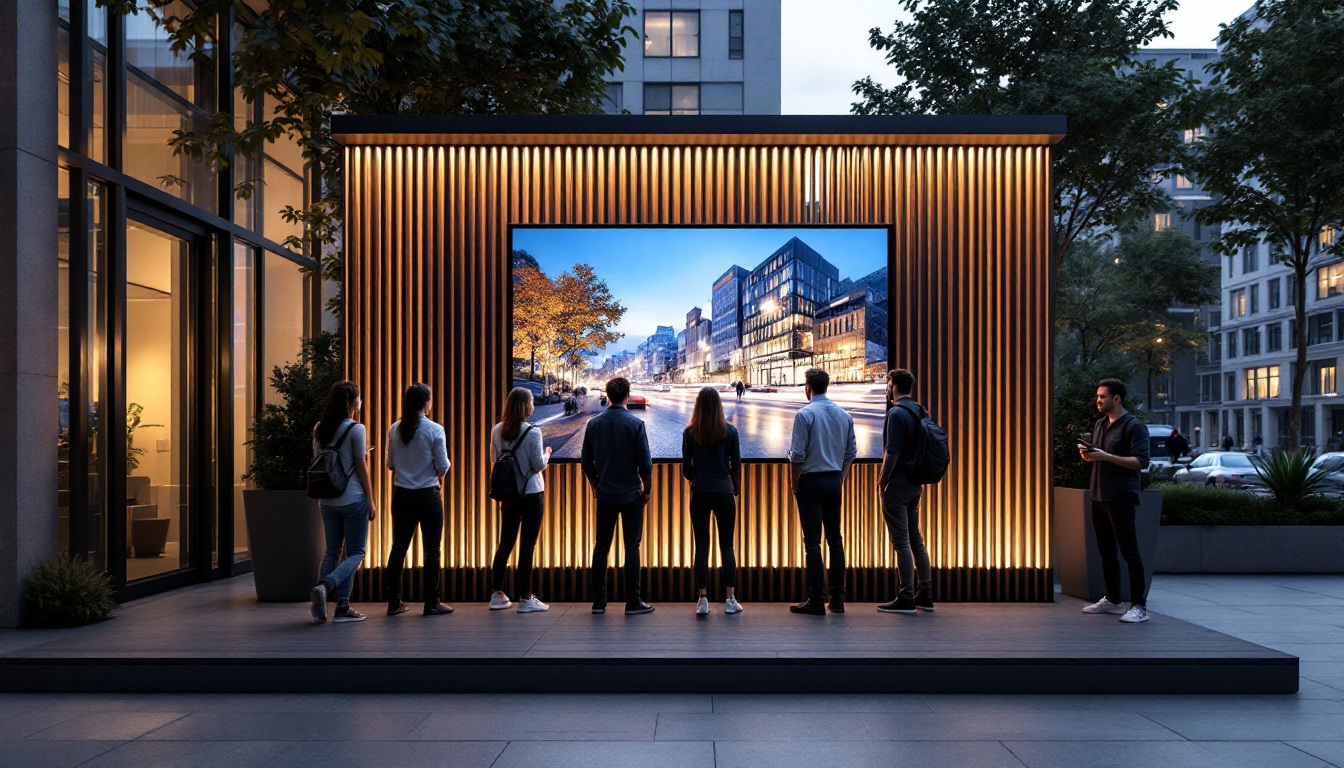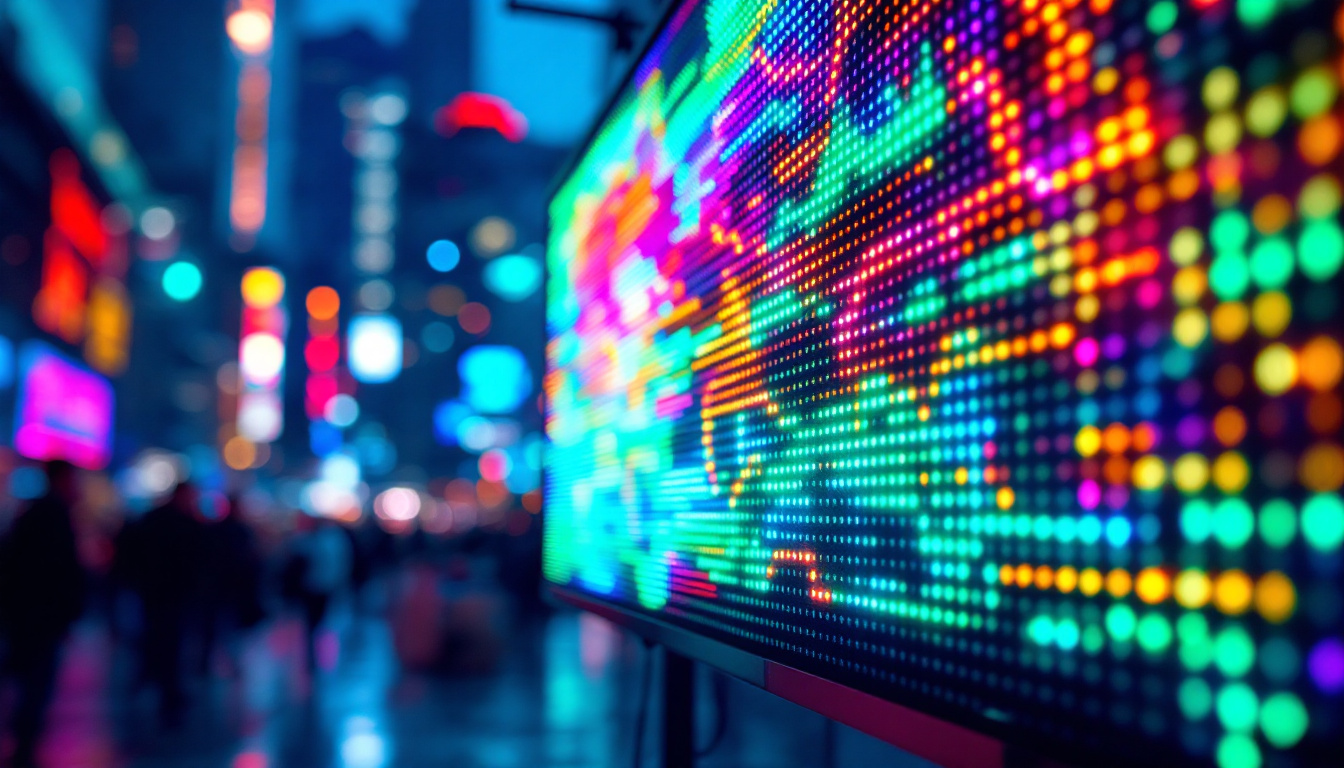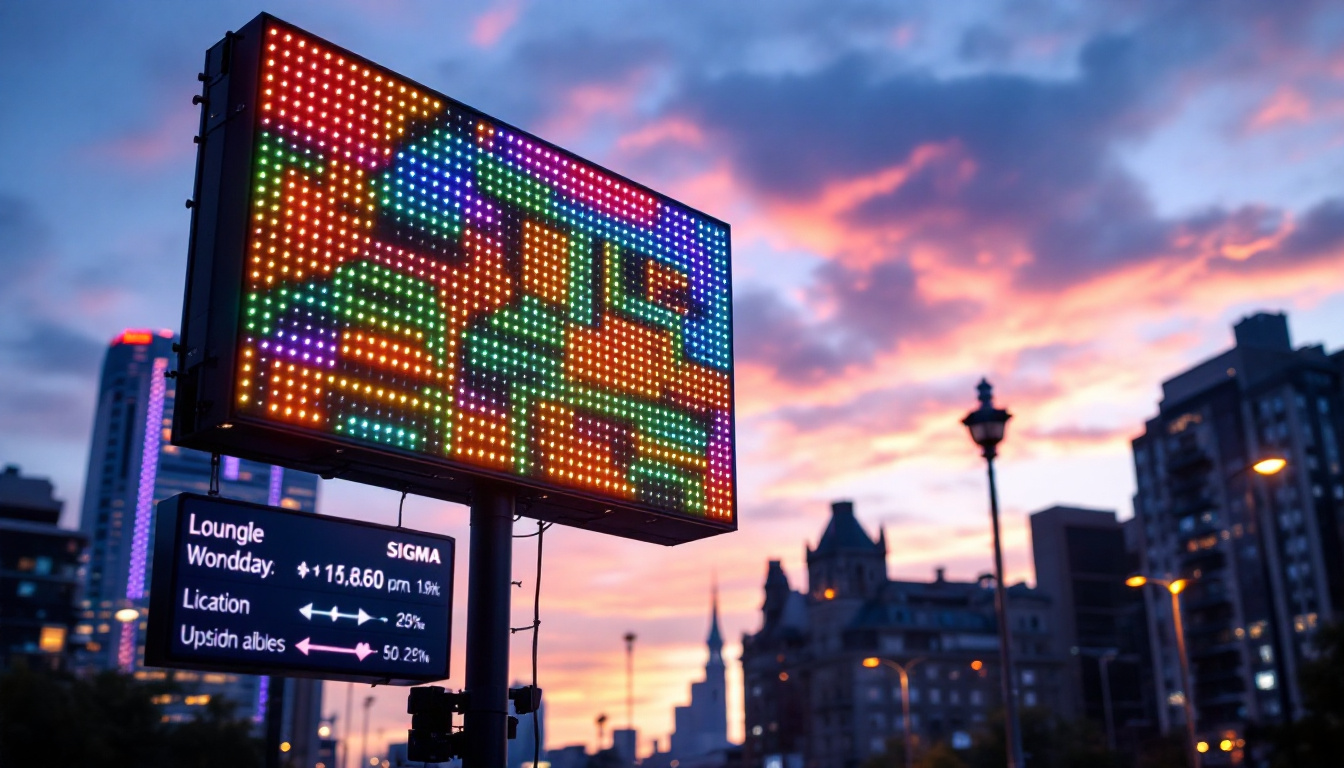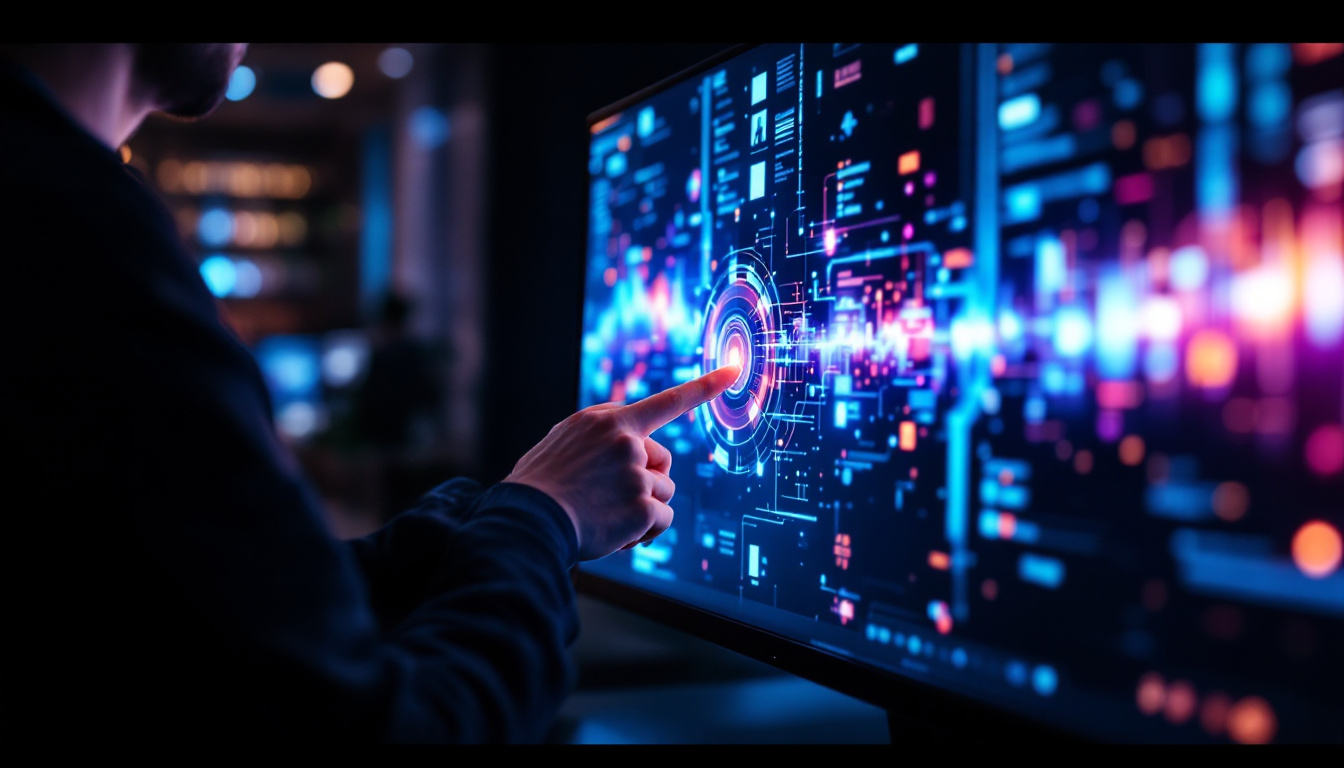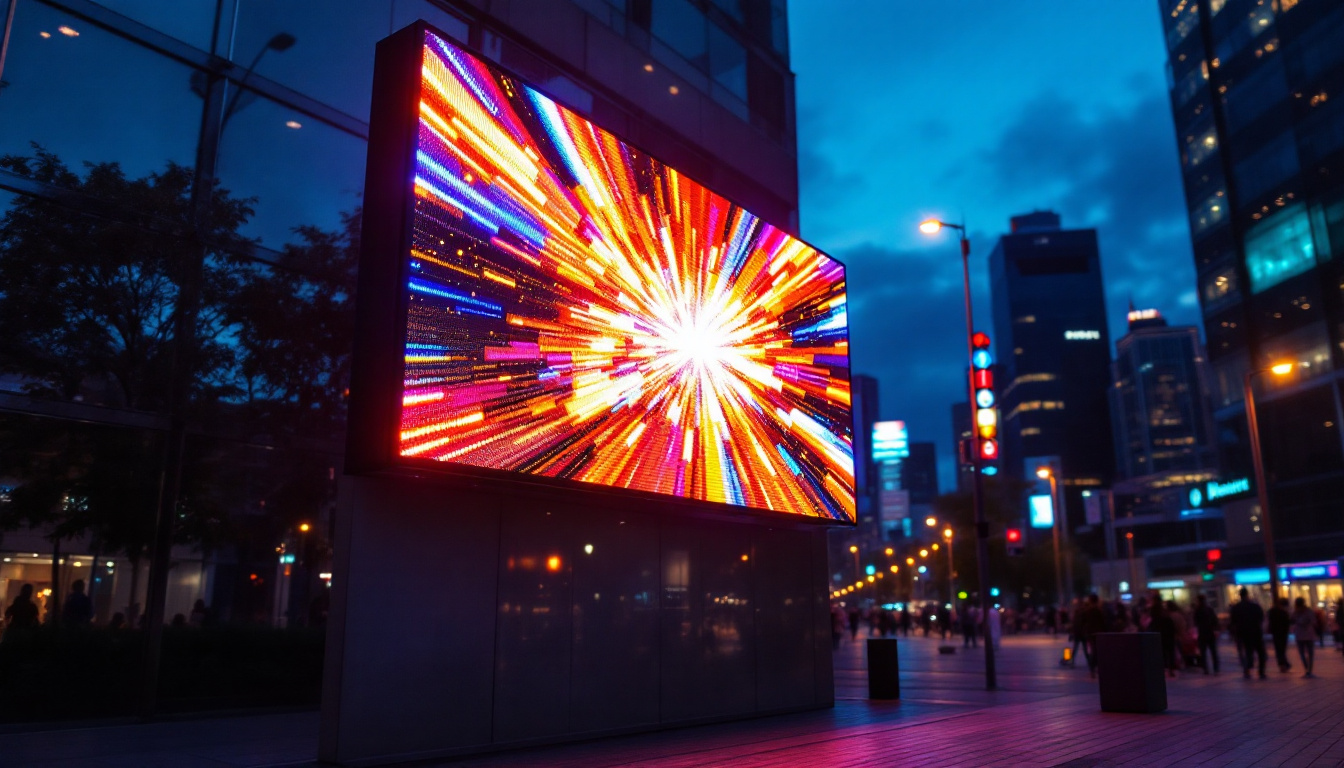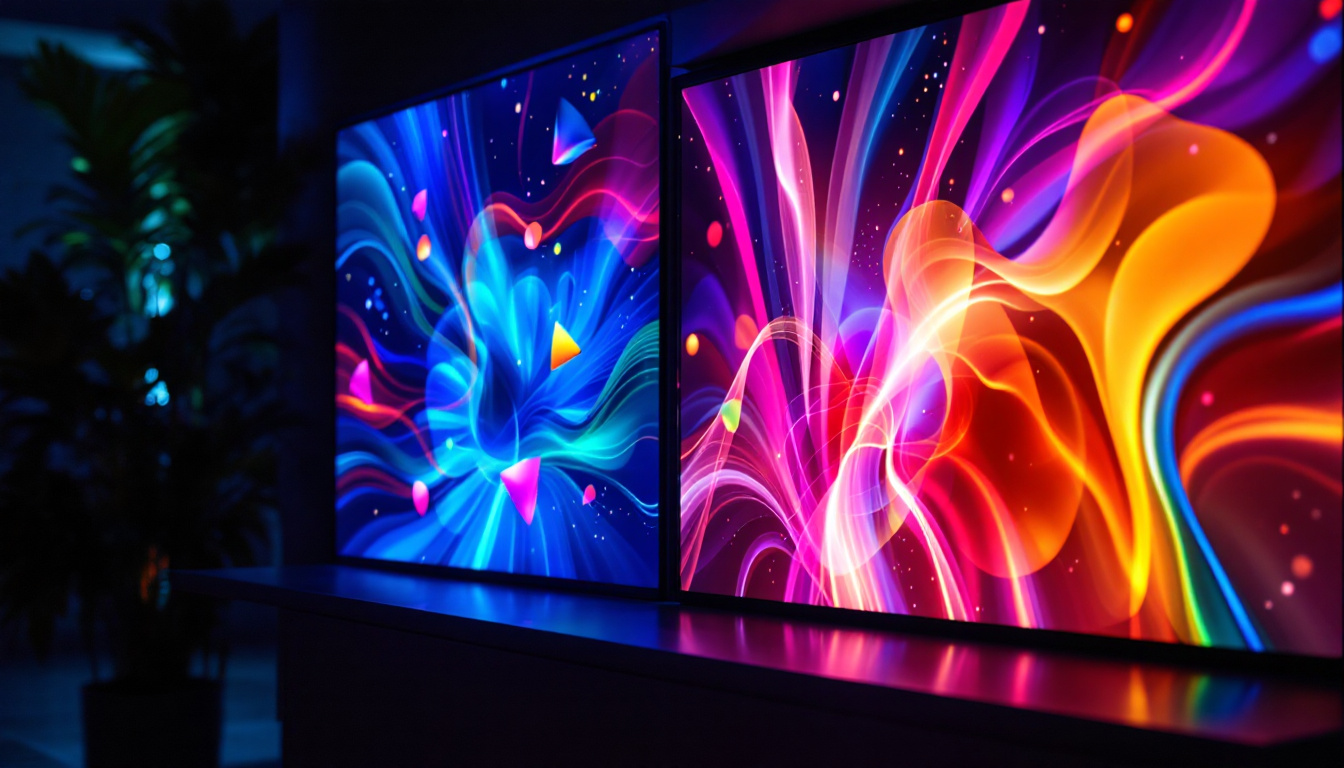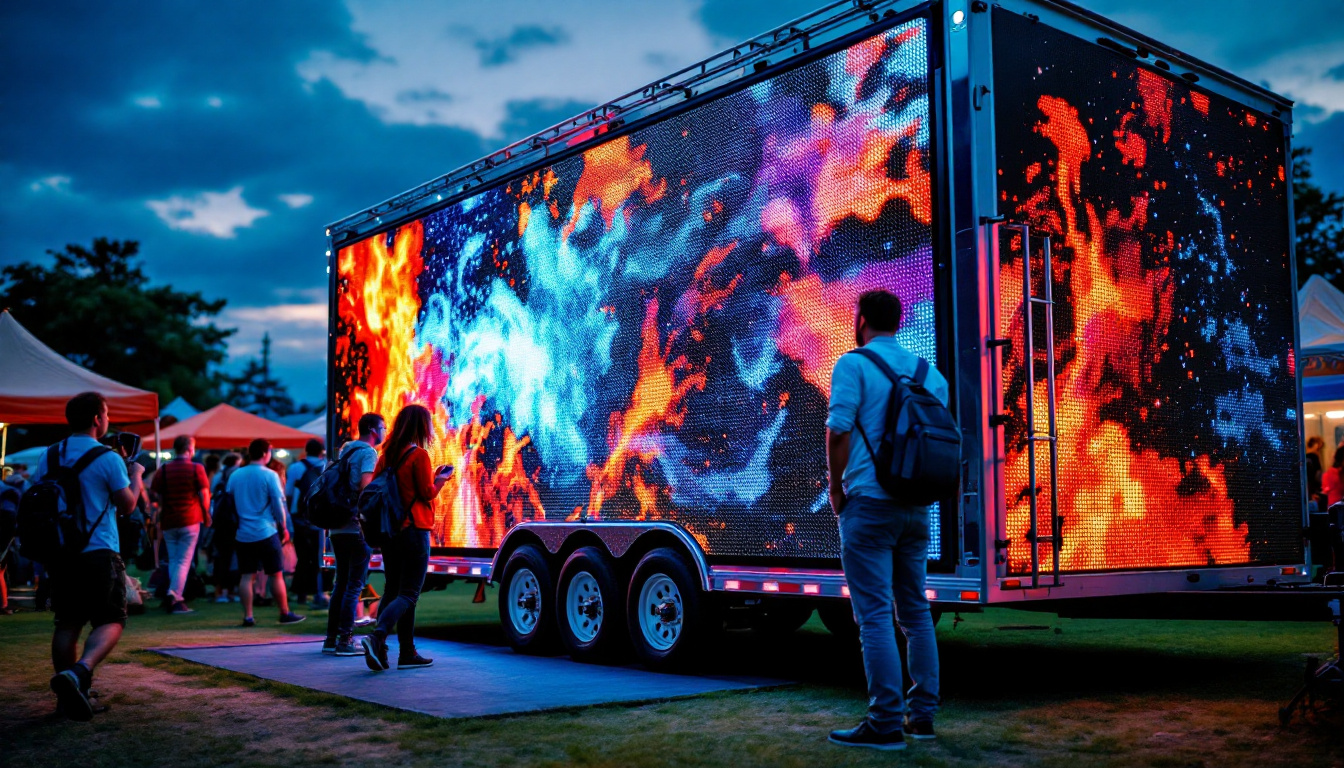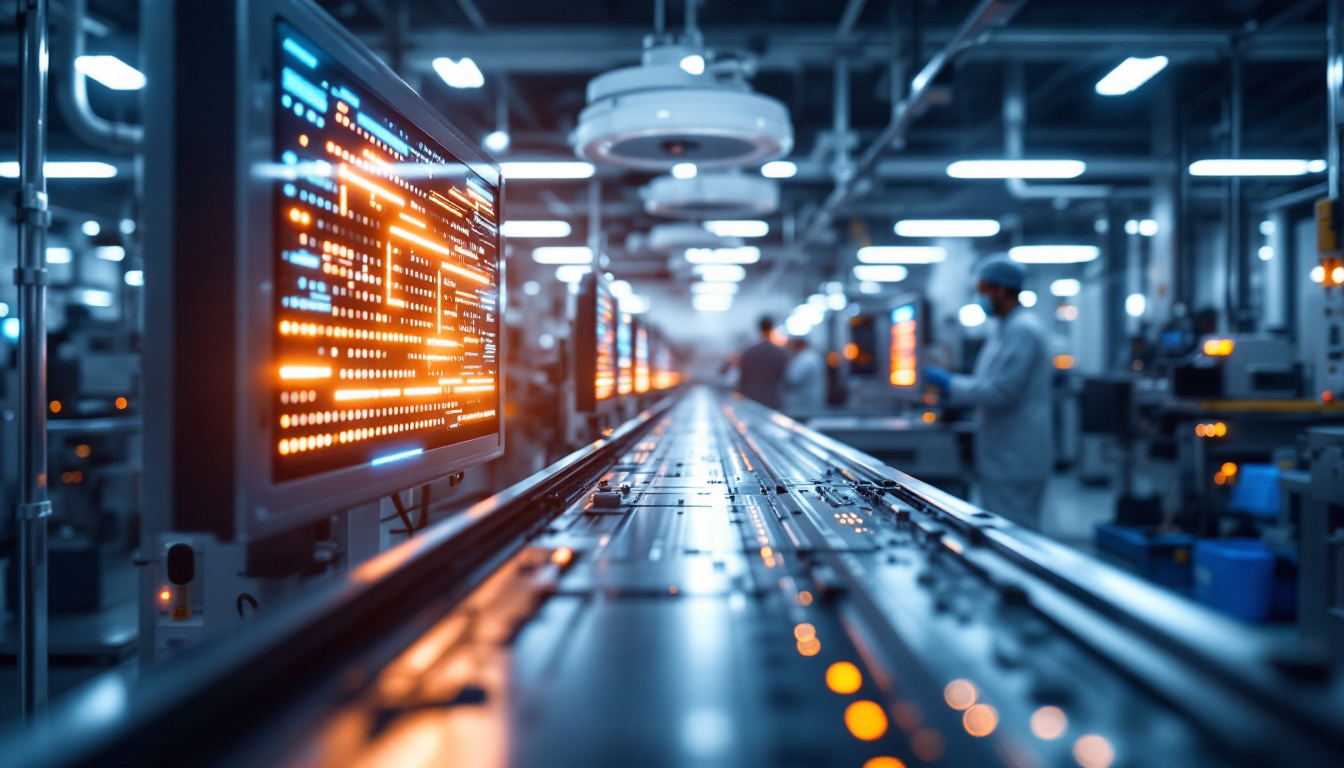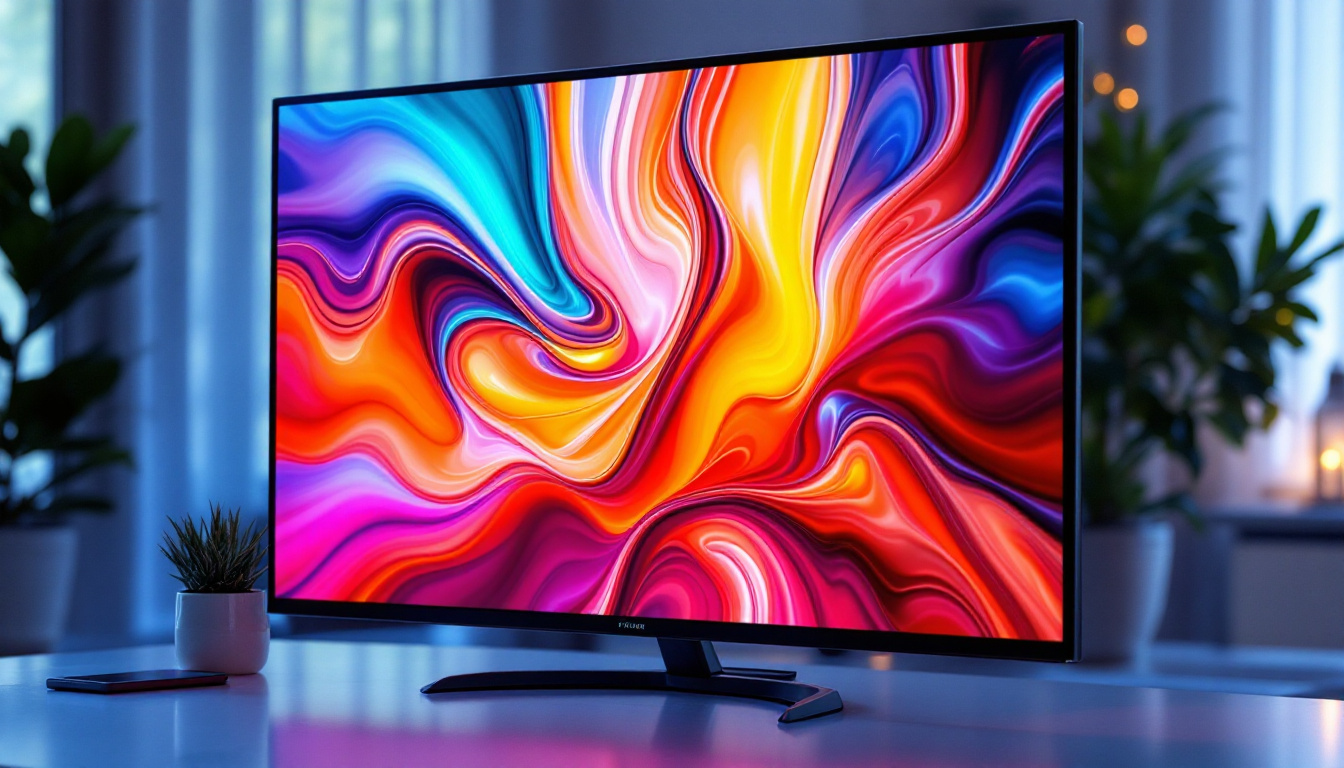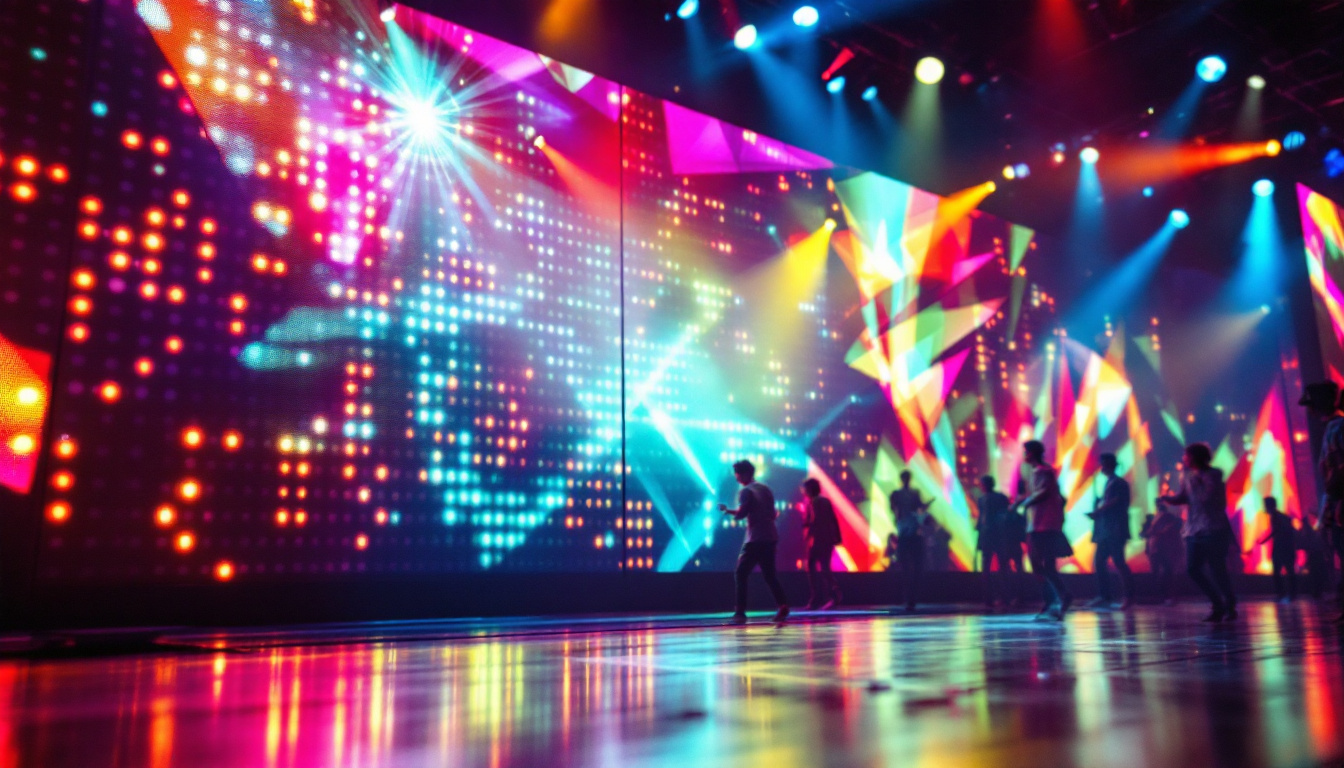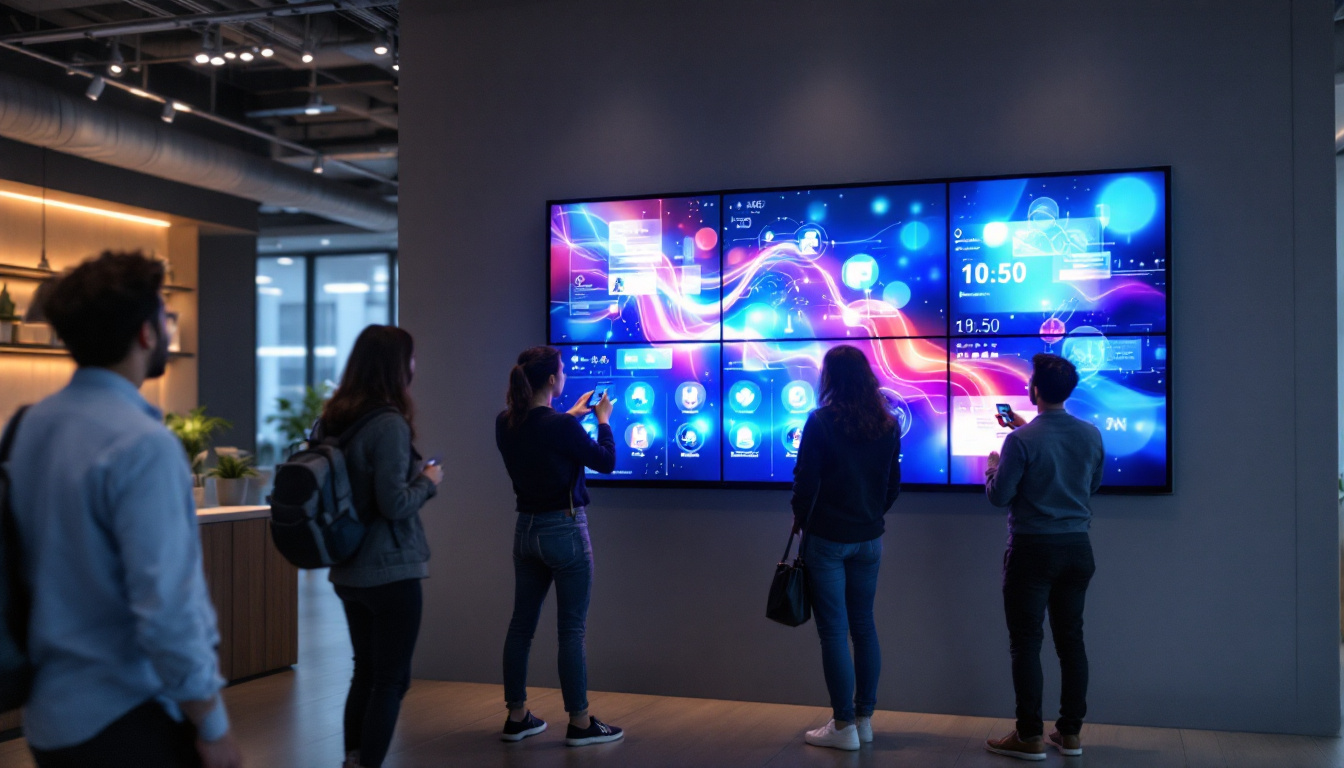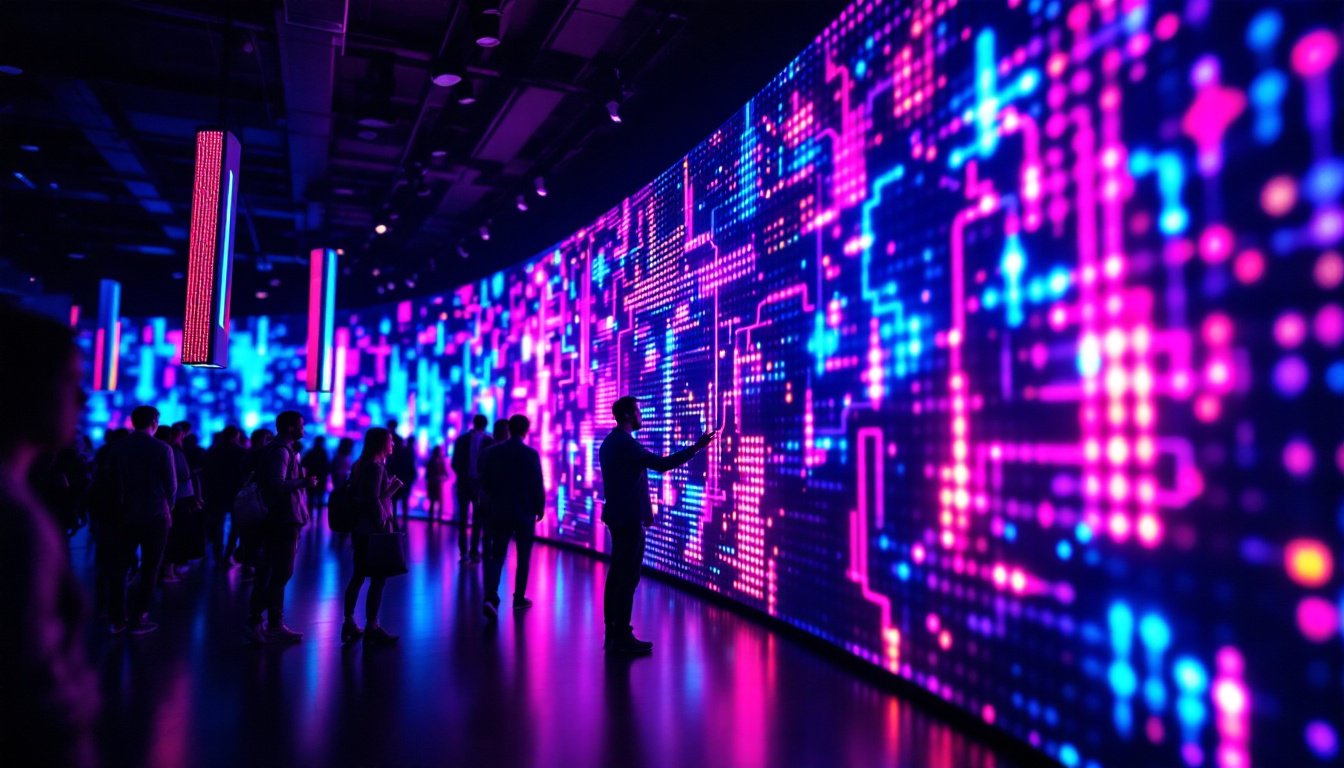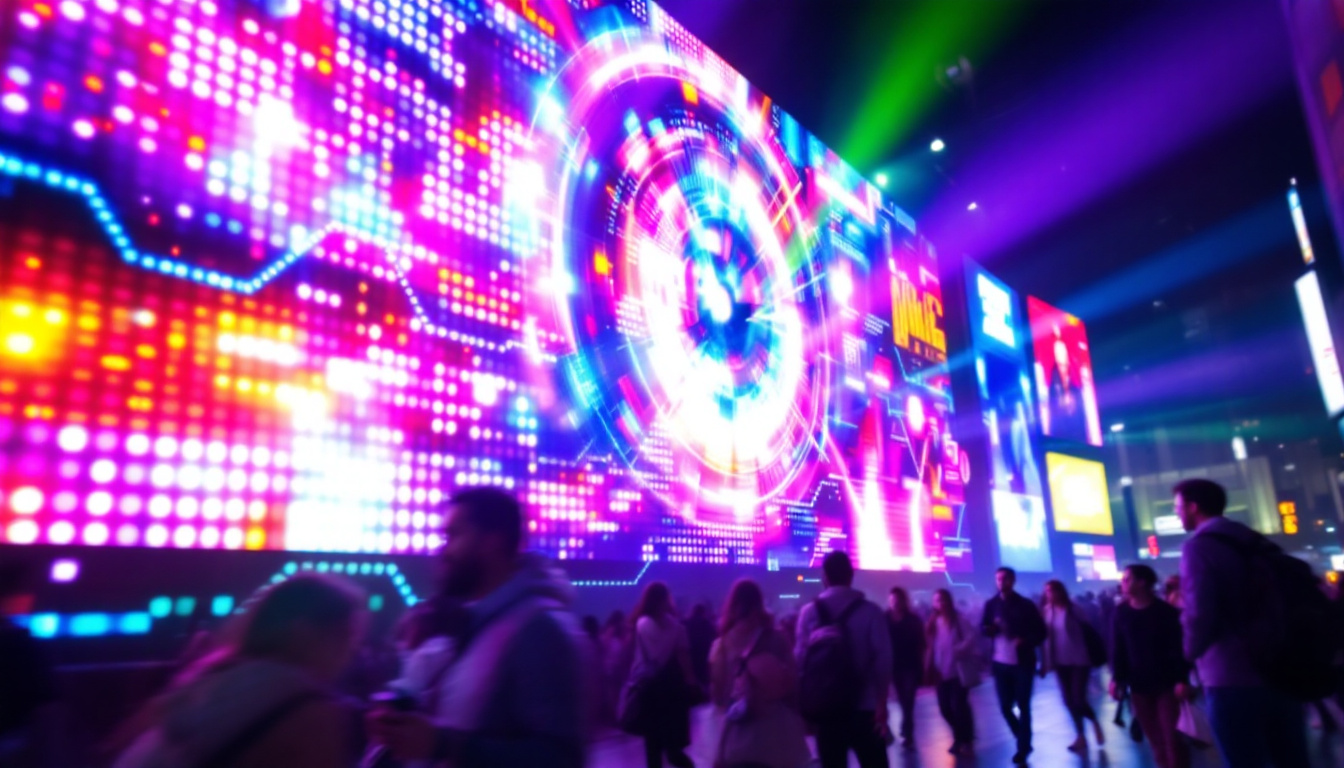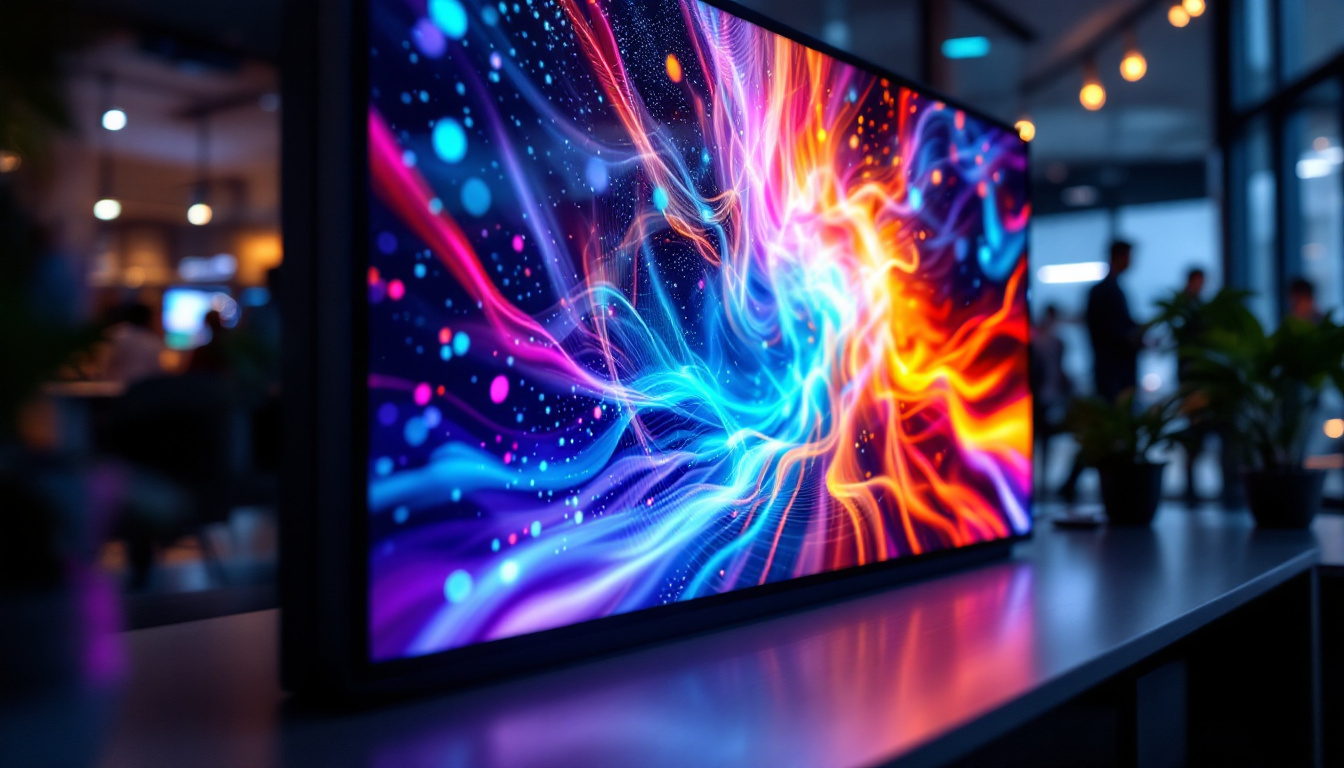In the realm of modern theatre, the integration of technology has transformed the way stories are told and experienced. One of the most significant advancements in this field is the use of LED displays. These vibrant screens have revolutionized stage design, enhancing visual storytelling and audience engagement. This article delves into the intricacies of LED displays in modern theatre, exploring their benefits, applications, and future potential.
The Evolution of Theatre Technology
Theatre has always been a medium that embraces innovation. From the use of gaslight in the 19th century to the introduction of sound amplification, each technological advancement has contributed to the evolution of performance art. The advent of LED technology marks a pivotal moment in this journey, offering unprecedented opportunities for creativity and expression.
Initially, theatre relied heavily on traditional backdrops and props to create immersive environments. However, with the introduction of LED displays, designers can now project dynamic visuals that change in real-time, allowing for a more fluid storytelling experience. This shift has not only enhanced the aesthetic appeal of productions but has also opened new avenues for artistic exploration.
Historical Context
The transition from static scenery to dynamic LED displays can be traced back to the late 20th century. Early forms of digital displays were bulky and limited in their capabilities. However, as technology advanced, LED screens became more compact, affordable, and versatile. By the early 2000s, theatres began to adopt these displays, leading to a gradual but profound transformation in stagecraft.
Impact on Performance Art
LED displays have fundamentally altered the landscape of performance art. They provide a canvas for visual artists to collaborate with directors and actors, creating a multi-sensory experience for audiences. This integration allows for seamless transitions between scenes, enhancing the narrative flow and emotional impact of the production.
Moreover, LED technology enables the incorporation of interactive elements, where audience members can engage with the performance in real-time. This level of interactivity fosters a deeper connection between the audience and the story being told, making each performance unique and memorable.
Advantages of LED Displays in Theatre
The benefits of using LED displays in theatre are manifold. From enhancing visual aesthetics to improving logistical efficiency, these screens have become an indispensable tool for modern theatre productions.
Visual Impact
One of the most significant advantages of LED displays is their ability to create stunning visuals. The brightness and clarity of LED screens ensure that images are vibrant and captivating, even in well-lit environments. This capability allows designers to craft intricate backdrops and effects that draw the audience into the world of the play.
Furthermore, LED displays can be easily manipulated to change colors, patterns, and images, providing endless possibilities for scenic design. This flexibility allows for quick adjustments during rehearsals and performances, ensuring that the visual elements align perfectly with the narrative.
Cost Efficiency
While the initial investment in LED technology may be significant, the long-term cost savings are noteworthy. Traditional set designs often require extensive materials and labor, which can be both time-consuming and expensive. In contrast, LED displays can replace physical sets, reducing the need for props and backdrops.
Additionally, LED screens have a longer lifespan than traditional lighting and projection systems, resulting in lower maintenance costs over time. As theatres continue to seek ways to optimize budgets, the cost efficiency of LED displays makes them an attractive option.
Environmental Considerations
In an era where sustainability is a growing concern, LED displays offer an environmentally friendly alternative to traditional theatre practices. LED technology consumes significantly less energy than conventional lighting systems, contributing to lower carbon footprints for productions.
Moreover, the reduction in physical materials needed for sets and props means less waste generated during productions. As theatres strive to become more sustainable, the adoption of LED displays aligns with their goals of reducing environmental impact.
Applications of LED Displays in Theatre
The versatility of LED displays allows for a wide range of applications in theatre productions. From enhancing stage design to facilitating immersive experiences, these screens play a crucial role in modern storytelling.
Set Design and Backdrops
One of the primary applications of LED displays in theatre is in set design. Rather than relying on static backdrops, designers can use LED screens to create dynamic environments that evolve throughout the performance. This capability allows for seamless transitions between scenes, enhancing the overall narrative flow.
For instance, a single LED backdrop can transform from a serene forest to a bustling cityscape with just a few clicks, enabling a more fluid storytelling experience. This adaptability not only saves time during scene changes but also captivates the audience’s attention.
Lighting and Effects
LED displays can also serve as powerful lighting tools, enhancing the overall atmosphere of a production. By incorporating LED screens into the lighting design, designers can create stunning visual effects that complement the performance. The ability to synchronize visuals with sound and movement adds another layer of depth to the experience.
Moreover, LED technology allows for the creation of unique lighting effects that would be challenging to achieve with traditional lighting systems. This innovation opens up new avenues for artistic expression, enabling designers to push the boundaries of visual storytelling.
Interactive Experiences
As audiences increasingly seek immersive experiences, LED displays have become instrumental in creating interactive elements within theatre productions. By integrating audience participation through technology, productions can engage viewers in ways that were previously unimaginable.
For example, some performances utilize mobile apps that allow audience members to influence the visuals displayed on the LED screens. This level of interactivity fosters a sense of involvement, making each performance a unique experience tailored to the audience’s reactions.
Challenges and Considerations
Despite the numerous advantages of LED displays, there are challenges and considerations that theatre professionals must navigate. Understanding these factors is essential for successful integration into productions.
Technical Limitations
While LED technology has advanced significantly, there are still technical limitations to consider. Issues such as resolution, pixel density, and refresh rates can impact the quality of visuals displayed. Ensuring that the LED screens meet the specific needs of a production requires careful planning and consideration.
Additionally, the technical expertise required to operate and maintain LED displays can be a barrier for some theatre companies. Training staff and ensuring that they are proficient in using this technology is crucial for maximizing its potential.
Budget Constraints
For many theatre companies, budget constraints can pose a significant challenge when considering the adoption of LED displays. While the long-term cost savings are appealing, the initial investment can be daunting, particularly for smaller productions.
To address this issue, theatres may explore partnerships with technology companies or seek grants and funding opportunities to offset costs. Creative budgeting and resource allocation can also help in making LED technology more accessible to a broader range of productions.
Artistic Integrity
As with any technological advancement, there is a concern about maintaining artistic integrity. Some theatre purists argue that the reliance on technology can detract from the raw emotions and performances of actors. Striking a balance between technology and traditional performance art is essential to preserve the essence of theatre.
Ultimately, the integration of LED displays should enhance rather than overshadow the human elements of storytelling. Thoughtful design and intentional use of technology can ensure that the artistry of theatre remains at the forefront.
The Future of LED Displays in Theatre
The future of LED displays in theatre is bright, with ongoing advancements in technology promising even more exciting possibilities. As the industry continues to evolve, several trends are emerging that will shape the role of LED displays in the years to come.
Advancements in Technology
As technology continues to advance, LED displays are becoming more sophisticated. Innovations such as flexible screens, transparent displays, and higher resolutions are paving the way for even more creative applications in theatre. These developments will enable designers to push the boundaries of visual storytelling, creating experiences that are more immersive and engaging than ever before.
Additionally, the integration of artificial intelligence and machine learning into LED technology could lead to more dynamic and responsive visuals, further enhancing audience engagement. As these technologies mature, the possibilities for creative expression will expand exponentially.
Increased Accessibility
As the cost of LED technology decreases and becomes more widely available, it is expected that more theatre companies will adopt these displays. This increased accessibility will democratize the use of advanced technology in theatre, allowing smaller productions to benefit from the advantages of LED displays.
Moreover, as educational institutions incorporate LED technology into their theatre programs, the next generation of theatre professionals will be better equipped to utilize these tools creatively. This shift could lead to a resurgence of innovative storytelling techniques that blend traditional performance with cutting-edge technology.
Enhanced Audience Engagement
The trend towards interactive and immersive experiences is likely to continue, with LED displays playing a central role in this evolution. As audiences seek more engaging and participatory experiences, theatre productions will increasingly leverage technology to create unique interactions that resonate with viewers.
By harnessing the power of LED displays, theatre companies can create performances that not only entertain but also foster a deeper connection between the audience and the narrative. This shift towards audience engagement will redefine the boundaries of theatre, making it a more dynamic and inclusive art form.
Conclusion
LED displays have undeniably transformed modern theatre, offering a wealth of opportunities for creativity and expression. As technology continues to evolve, the potential for innovative storytelling will only expand. While challenges remain, the advantages of LED displays far outweigh the drawbacks, making them an essential component of contemporary theatre.
As theatre professionals embrace this technology, the future of performance art looks promising. With the ability to create stunning visuals, enhance audience engagement, and push the boundaries of artistic expression, LED displays are set to play a pivotal role in shaping the next chapter of theatre history.
Illuminate Your Stage with LumenMatrix
As the curtain falls on the possibilities of LED displays in modern theatre, your next production could be the one to turn heads with its unparalleled visual storytelling. Embrace the future with LumenMatrix, a leader in innovative LED display technology. From the intimacy of indoor stages to the grandeur of outdoor venues, our range of solutions including Indoor LED Wall Display, Outdoor LED Wall Display, and Custom LED Displays, are designed to bring your creative vision to life. Elevate your audience’s experience with our LED Sports Displays, Floor LED Displays, and the seamless integration of our All-in-One LED Displays. Discover how LumenMatrix can transform your performances and engage your audiences like never before. Check out LumenMatrix LED Display Solutions and let your stories unfold in a spectacle of light and color.

